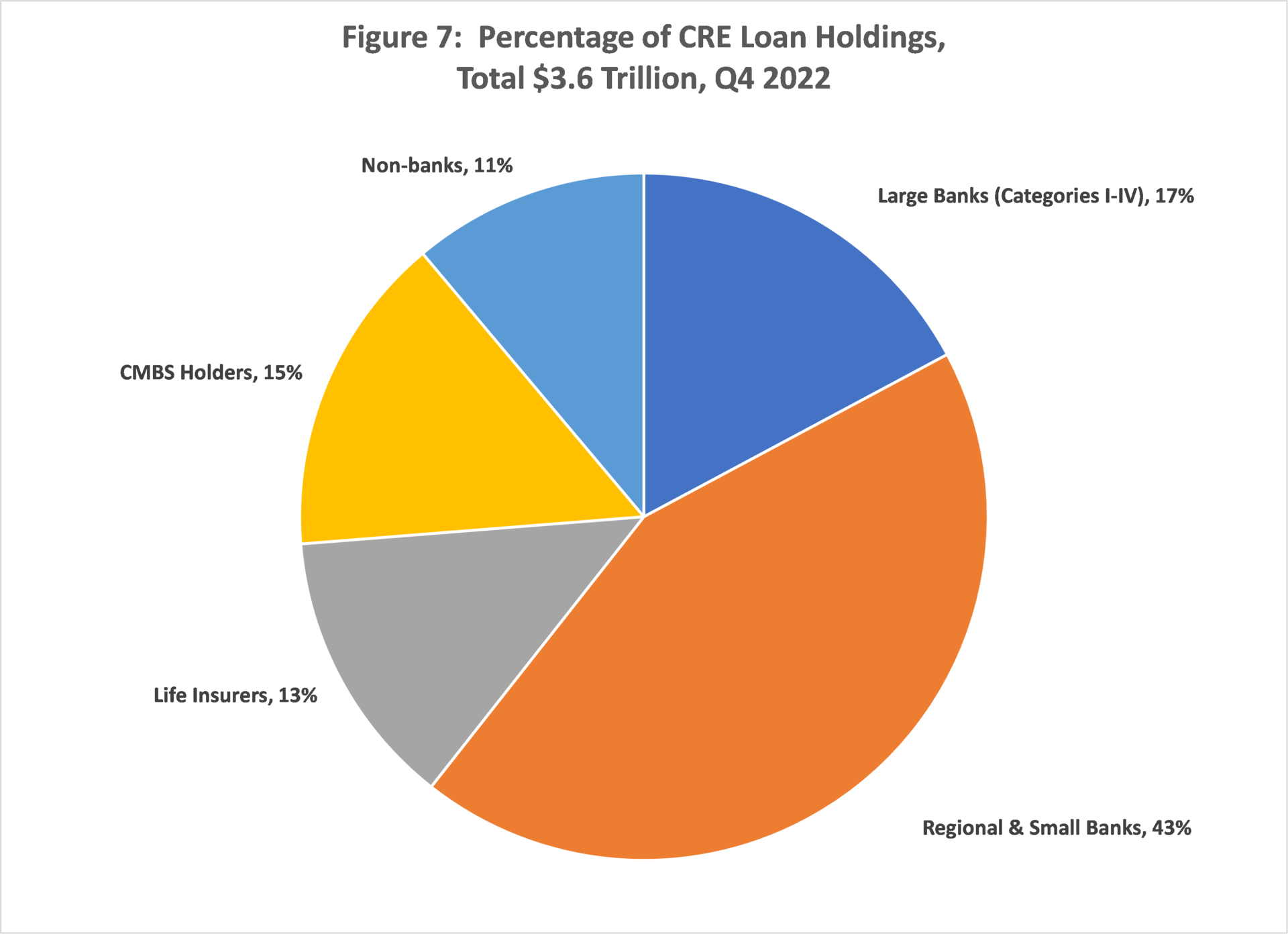trending
neon
Cirque du Soleil offers summer ticket deals
dining out
Celebs ditch the Strip for iconic Henderson restaurant
july 
trending
neon
Cirque du Soleil offers summer ticket deals
dining out
Celebs ditch the Strip for iconic Henderson restaurant
july 

U.S. banking policies significantly influence investment decisions, shaping the strategies of financial institutions, investors, and businesses. This article explores key policies and their impact on investment trends.




The banking sector in the U.S. is highly regulated by a variety of policies that directly influence investment decisions, both for financial institutions and individual investors. These regulations are designed to ensure financial stability, promote responsible lending, and safeguard consumers. This article will explore the key U.S. banking policies that affect investment decisions, examining their role in shaping capital markets and their broader impact on the economy.
The Federal Reserve (Fed) plays a central role in shaping U.S. banking policies and, consequently, influencing investment decisions. Through its monetary policy actions, the Fed impacts interest rates, inflation, and the overall economic environment.
By adjusting monetary policy, the Fed creates an environment that either encourages or discourages investment, depending on the prevailing economic conditions.
The Dodd-Frank Act was enacted in 2010 in response to the 2008 financial crisis. It introduced a comprehensive framework to regulate financial institutions and protect consumers, fundamentally changing the landscape for banking and investment decisions.
The Dodd-Frank Act has reshaped how banks and investors approach risk, ensuring that the financial system is more resilient to shocks and that consumers are better protected.
The Basel III framework is an international regulatory standard designed to strengthen the regulation, supervision, and risk management of the banking sector. U.S. banks must comply with these standards, which also influence investment strategies.
Basel III aims to prevent another global financial crisis by making banks more resilient to economic shocks, which has a direct impact on investment decisions.
The Tax Cuts and Jobs Act (TCJA), signed into law in December 2017, reduced corporate tax rates and introduced other tax changes that affect investment decisions in the U.S.
The Tax Cuts and Jobs Act has made U.S. investments more attractive by lowering corporate tax burdens and incentivizing business growth, influencing both domestic and international investors.
The Federal Reserve plays a crucial role in overseeing the activities of U.S. banks and ensuring the stability of the financial system. Through its regulatory authority, the Fed can influence the types of investments banks can make and how they manage risks.
These regulatory measures help to mitigate systemic risk, providing investors with greater confidence in the long-term stability of the U.S. banking system
U.S. banking policies significantly influence investment decisions, shaping the strategies of financial institutions, investors, and businesses. This article explores key policies and their impact on investment trends.
the latest

SBA Lending Programs in the Spotlight for Small Business Growth
The Small Business Administration (SBA) has highlighted its lending programs as key drivers for small business growth. These programs, including the 7(a) loan and 504 loan, provide crucial funding to entrepreneurs, especially those from underrepresented communities.

Treasury Department Announces New Banking Policies for Foreign Investors
The U.S. Treasury Department has unveiled new banking policies aimed at regulating foreign investments. These policies are designed to enhance national security and ensure that foreign investors comply with stricter guidelines when investing in key industries.

Major Banks Face Scrutiny Over Lending Practices Post-Pandemic
Major banks are facing increased scrutiny over their lending practices following the pandemic. Regulators are investigating whether certain loan policies and interest rates disproportionately affected certain communities, leading to concerns about discriminatory lending and financial stability

Bank of America Launches Green Investment Fund
Bank of America has launched a new green investment fund, aimed at supporting sustainable projects and environmentally-conscious initiatives. The fund will focus on financing renewable energy, green infrastructure, and eco-friendly technologies to help accelerate the transition to a low-carbon economy

Rising Mortgage Rates Impacting Homebuyers & Lenders
The sharp increase in mortgage rates has begun to significantly impact both homebuyers and lenders. With higher interest rates, potential buyers are facing affordability challenges, while lenders are grappling with lower loan demand and increased risk in the housing marke

Banks Explore AI for Fraud Prevention & Customer Service
Banks are increasingly adopting AI-driven technologies to combat fraud and improve customer service. AI-powered tools enable real-time fraud detection, personalized banking experiences, and enhanced risk assessment, ensuring greater security and efficiency in the financial sector

New Regulations for Digital Banking and Crypto Investments
The government has announced new regulations for digital banking and cryptocurrency investments to enhance security, transparency, and consumer protection. The rules aim to prevent fraud, ensure compliance, and create a stable financial ecosystem for digital assets

The Role of U.S. Banking Regulations in Investment Decisions
U.S. banking regulations play a critical role in shaping investment decisions. This article explores how changes in banking rules influence market behavior, investor confidence, and capital flow

Analyzing U.S. Banking Regulations and Investment Performance
U.S. banking regulations have a significant impact on investment performance. This article explores how these rules shape the financial landscape and affect investor returns